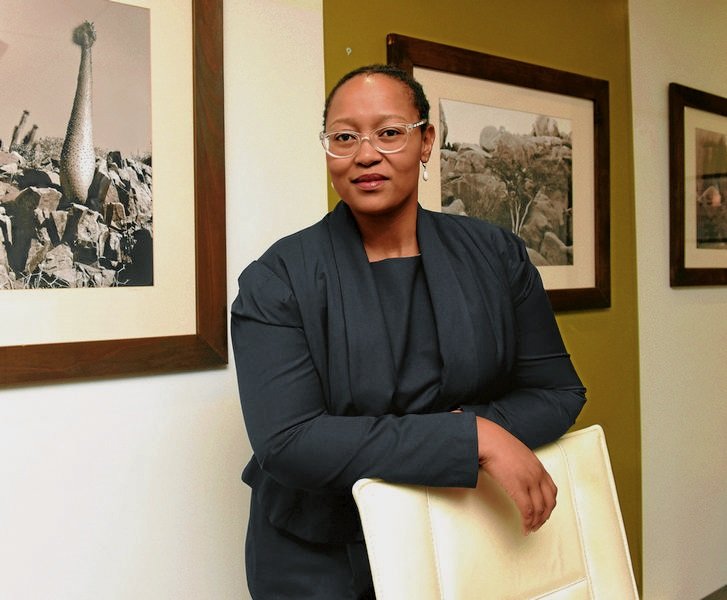Proper valuation and documentation of African art is central to Karabo Morule’s mission, aiming to rectify the longstanding underrepresentation and misvaluation of this rich cultural heritage. Historically, African art has often been marginalized or misinterpreted within the global art market. This has not only diminished its cultural and economic value but also obscured its historical significance. By addressing these issues, Morule seeks to elevate African art to its rightful place within the international art community.
African art is a reflection of diverse cultures, histories, and traditions across the continent. It encompasses a wide range of artistic expressions, from ancient artifacts to contemporary works. Properly valuing these pieces requires a deep understanding of their cultural and historical contexts. This is where documentation plays a crucial role. Comprehensive records and provenance not only authenticate the art but also educate audiences and potential buyers about its significance. Morule’s initiatives focus on creating such documentation, ensuring that each piece is recognized for its unique story and contribution to global art history.
To combat misvaluation, Morule has spearheaded several initiatives aimed at raising awareness and appreciation for African art. Partnerships with international museums and galleries have been instrumental in reshaping the narrative around these works. These collaborations often involve exhibitions, workshops, and publications that highlight the importance of African art, thereby fostering a more inclusive and accurate representation within the global market.
Educational programs are another key strategy in Morule’s mission. By educating both the public and the art community, these programs aim to dismantle stereotypes and misconceptions about African art. They also promote the skills and knowledge necessary to appraise and document these works accurately. This educational approach is vital for cultivating a new generation of collectors, curators, and scholars who can continue to advocate for the proper valuation and documentation of African art.
The role of museums, galleries, and collectors is pivotal in this mission. These institutions and individuals have the power to influence market trends and public perceptions. By prioritizing African art in their collections and exhibitions, they can help to elevate its status and ensure fair valuation. Morule’s efforts to engage with these stakeholders are crucial for creating a more equitable and appreciative global art market.
African Art as an Investment: Can Art Collections Grow Wealth?
The allure of African art as an investment has gained significant momentum in recent years. With the global art market increasingly recognizing the cultural and aesthetic value of African artworks, collectors and investors alike are turning their attention to this burgeoning sector. An analysis of current trends reveals a rising demand for African art, driven by both private collectors and institutional buyers. This surge is reflected in auction results where pieces by renowned African artists have fetched record prices, signaling the market’s robust appreciation over time.
Expert opinions underscore the potential of African art as a viable investment. According to art market analysts, the rare and unique nature of many African artworks contributes to their increasing value. Factors such as provenance, cultural significance, and historical context play a crucial role in determining the worth of these pieces. For instance, artworks with a well-documented history or those created by influential artists are often more sought after, leading to higher valuations.
Case studies of successful African art investments further illustrate this potential. The collection of Nigerian artist Ben Enwonwu’s works, for example, has seen remarkable appreciation over the past decade. Investors who acquired his pieces early on have witnessed substantial returns, positioning African art as a competitive alternative to traditional investment vehicles like stocks or real estate.
For those interested in entering the African art market, practical advice is essential. One must prioritize sourcing from reputable galleries or auction houses to ensure authenticity. Building a diverse collection that includes both established and emerging artists can also mitigate risks and enhance potential returns. Understanding the cultural context and significance of the artworks can provide deeper insights into their long-term value.
Digital platforms and online marketplaces are revolutionizing access to African art, making it easier for global investors to discover and acquire valuable pieces. These platforms offer transparency and convenience, enabling collectors to explore a wide range of artworks from the comfort of their homes. As technology continues to bridge the gap between artists and collectors, the African art market is poised for even greater growth.



































